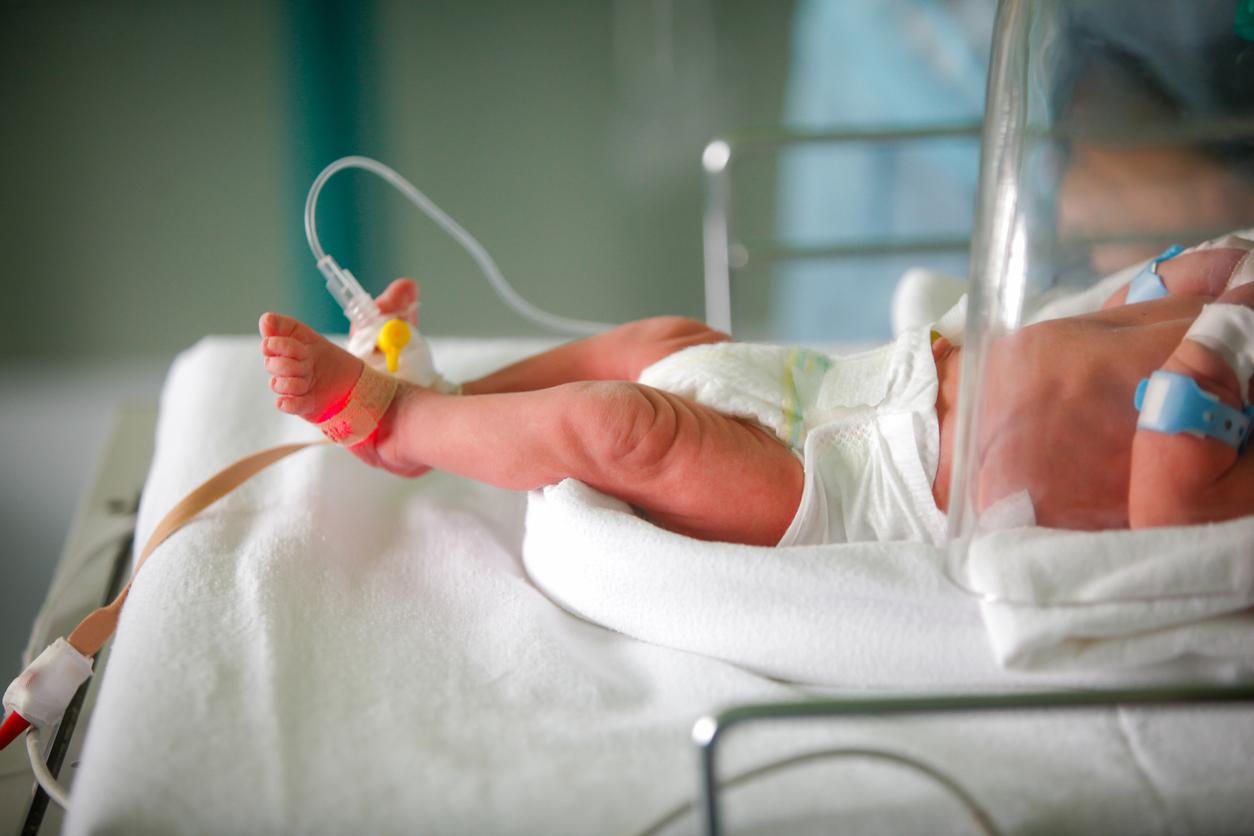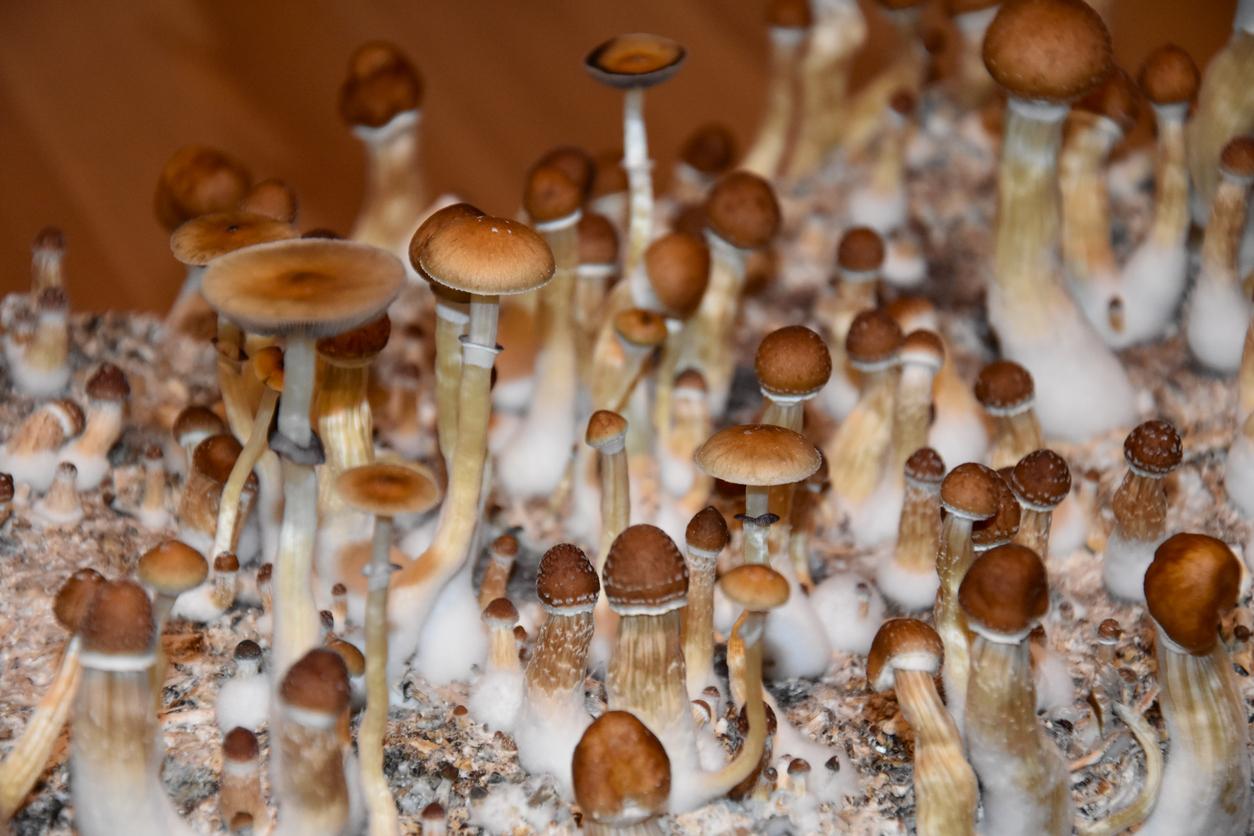After eating a salad in which was present a pulmonary worm of the rat in Hawaii, an American tourist developed an angiostongylosis, which affects the brain and the spinal cord.

- In Hawaii, a 30 -year -old woman was infected with a Rat pulmonary worm, who was allegedly placed in a salad by a snail or a slug and made her way to her brain.
- After having ingested this parasite, she suffered from an angiostrongylosis, a pathology that affects the brain and the spinal cord.
- Its symptoms, including burns, headache, confusion, have disappeared after taking an immunosuppressive steroid and an antiparasitic drug.
Born in New England, in the northeast of the United States, a 30-year-old woman spent three weeks to travel to Thailand, Japan and Hawaii. On her return, the American noticed that she was not on her plate. A fatigue that she attributed to the jet lag. However, a few hours later, she started to feel a burning sensation in the feet, which for the next two days went up in her legs. To relieve pain, the patient took pain relievers, but the latter did not have an effect. On the third day, she decided to go to the emergency room, where a battery of exams was carried out. The results seemed to indicate that it was fine. “The only thing that came out was a high number of eosinophiles, white blood cells that become active in certain allergic diseases, parasitic infections or other medical problems”, said media Ars Technica. Thus, the 30 -year -old was sent home.
During the following days, the burning sensation continued to progress, invading his trunk and his arms. The American also suffered a headache. Seven days after the start of the disease, she went to a second emergency service again. The examinations revealed results similar to those of the first tests: normal blood tests, normal renal function and high eosinophilic levels, this time higher, more precisely at 1,050. After administering her intravenous medication, practitioners recommended that he consult his attending physician. Once at home, a family member gave her a sleeping pill to help her rest. The next day, the woman woke up in a disturbing state of confusion. The latter “Think she had to suit her bags for the holidays and we could not convince her to go back to bed.”
A suspected parasitic infection
Given her condition, she was brought to the emergency room for the third time, but this time to the General Hospital of Massachusetts. When the health professionals asked her questions, the patient could not answer them because she was disoriented and agitated. After learning from family members that the adventurer had recently traveled and often eaten sushi and salads, doctors suspected an infection, probably parasitic, at the origin of her surprising symptoms that have been reported in a study published in the journal The New England Journal of Medicine. Blood analyzes have not shown no trace of parasites, and a CTT (CT) of his head revealed no acute intracranial anomaly. On the other hand, a lumbar puncture revealed a problem: its cerebrospinal fluid displayed a rate of 694 white blood cells per microliter.
In order to identify the disease from which the traveler suffers, healthcare professionals have listed the infections that can occur in the three places it has visited and which correspond to its symptoms. Once they had reviewed them, they managed to make a diagnosis that was confirmed by a genetic test. According to them, the thirties had angiostrongylosis, caused by the nematode (parasite of the round verge) angiostrongylus cantonensis, also known as the pulmonary worm of the rat. “The majority of cases of rably pulmonary worm identified in Hawaii have occurred on the big island, but infected intermediate cases and hosts (snails and slugs) were also identified on all the main neighboring islands”, explained The pole monitors epidemics in Hawaii Where seven cases of angiostrongylosis were recorded in 2024.
A contaminated salad?
On this archipelago, these verses, which are mainly in rats, can be found in snails or slugs considered as intermediate hosts. Indeed, people can be infected by eating raw or not cooked products containing a small snail or infected slug. In the case of the tourist, the pulmonary worm of the rat, which has made its way to its brain by migrating by its blood or along its peripheral nerves, would have been deposited in a salad by a snail or a slug . “We do not know for sure if the drool left by snails and infected slugs can cause an infection”. In case of angiostrongylosis, adults can feel nausea, vomiting and abdominal pain a few hours a few days after ingestion. Symptoms, the duration of which can range from two to eight weeks, can then evolve towards headaches, fever, light sensitivity, muscle pain, fatigue, insomnia, stiffness and pain in the Neck, tingling or skin burns, double vision, intestinal or bladder difficulties and convulsions.
Angiostrongylosis: steroids and antiparasitic drugs to treat the disease
To date, there is no specific treatment for this disease. “Parasites cannot reproduce in humans and will eventually die, causing inflammation. (…) Steroids should be administered as soon as possible to reduce inflammation. Antiparasitic drugs, such as albendazole, can Be useful, although evidence is limited in humans. If the Albendazole is used, it must be associated with steroids to treat any possible increase in the inflammation caused by the death of the worms “, Can we read on the site of the pole monitoring epidemics in Hawaii. This is what was done in the case of the thirties who received from Prednisone and Albendazole for 14 days. After treatment, her symptoms disappeared and she was able to leave the hospital six days later.

















